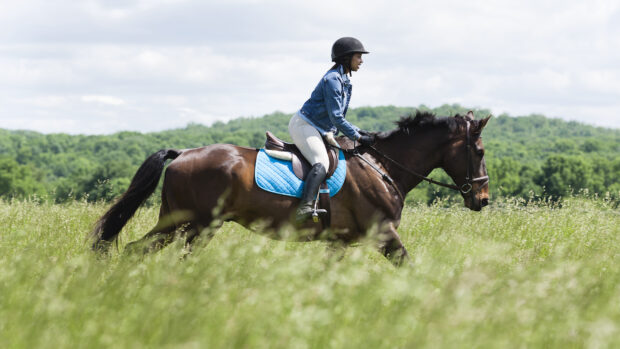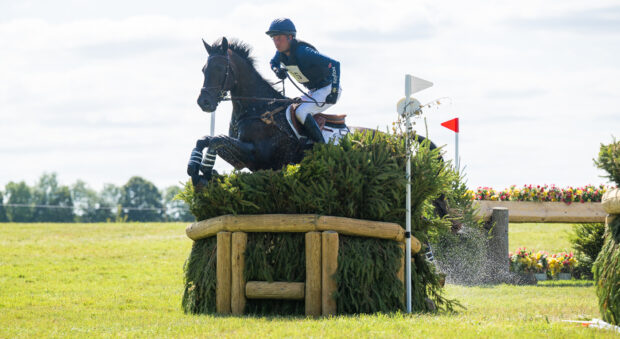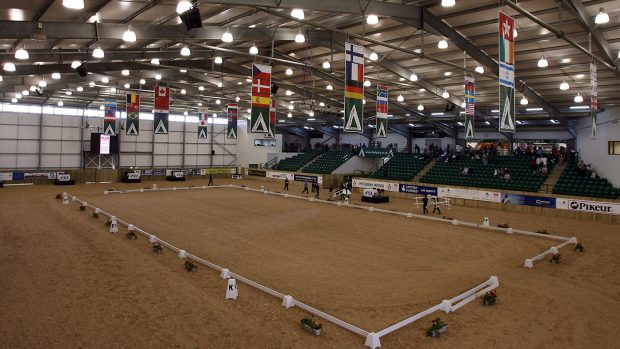It’s with a twinge of sadness that I tell you that this is the last blog I will be writing for Horse & Hound! It’s been almost two years to the day since I started penning all things therapy, along with a few other bits and pieces that have happened along the way. I am taking on some new professional challenges hence why this has to come to an end, but I have absolutely loved being given the chance to share life here at the Equine Therapy Centre at Hartpury.
I came back to Hartpury to run the Therapy Centre in September 2010 — having been a student here previously — and have learned so much over the past six years.
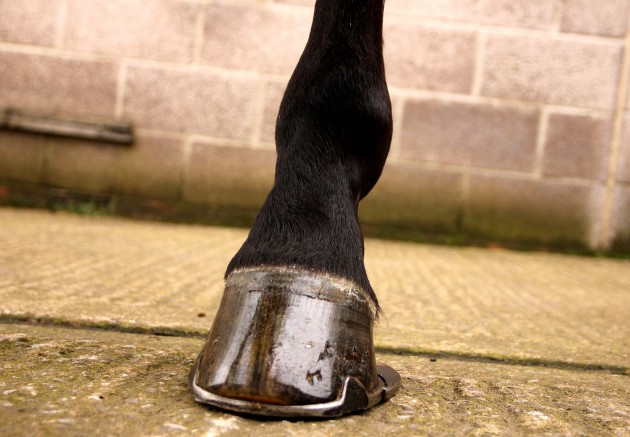
During this time I have been asked “How do you get into therapy?” on very many occasions and have come to realise is that working in equine therapy isn’t really a career you arrive at via a single path for someone like me, who is neither a vet nor a qualified therapist. For me, and my team, therapy is actually just a number of factors that you need to take care of to make a horse better. This got me thinking as to the most influential things in successfully bringing a horse back to full work and health as far as I see them, so here’s the hotlist:
- Diagnosis – no horse is admitted to us without at least a partial diagnosis (if not a full one) as to the cause of their issues (we may have a partial diagnosis when we feel the work or treatment given will lead to reaching a full diagnosis as we go through the process). If you don’t diagnose the cause then you are treating the symptoms which will not always lead to a full recovery. Sometimes the vets won’t be able to find the cause and thus have to treat the symptoms but finding the former is always the ideal situation.
- Have a good relationship with your vet – the vet is the one who calls the shots and you need to be able to talk to him or her to report both good responses to treatment and/or exercise as well problems or set-backs; open lines of communication are key to ensure that the horse continues to progress well.
- Expectation – you need to express what your expectations in terms of what job you want the horse to be able to do at the end of the rehabilitation process; ie the training and competition demands placed on an Olympic showjumper will clearly be different to those of a horse who is expected to hack 4 times per week. This will often affect treatment options.
- Tailor-made exercise – although many horses follow similar programmes when coming in to us for the same condition (eg post-kissing spine surgery), I don’t believe in a one size fits all approach to rehab. You need to understand the horse as a whole, including its confirmation, posture and temperament as this will have an effect on the type of exercise and kit required to generate the most positive response.
- The role of the therapist – having a therapist who works on veterinary referral and understands your horse in an overall context is so important for me. They need to be able to help keep your horse comfortable, but they should also understand the functional aspects of an injury and how it impacts on the horse as a whole. A good therapist sees the whole horse and doesn’t treat in isolation to the rest of the body.
- Feet – “No foot no horse”: never a truer word said! 90% of horses referred to us for rehabilitation need at least some rebalancing of their feet. Good shoeing can make a horse stand and move differently and is the basis of everything we do. Sharing knowledge with your farrier is really important, the more they know about any issues you’re having, the better they can shoe your horse. Don’t be afraid to be look at your horse’s shoeing objectively, and talk to your farrier if you feel there is a problem.
- Nutrition – feeding horses is a real art form as well as a science and I try to keep it pretty simple. Our most frequent challenge is having to give horses enough in their feed to build muscle, without blowing their tops. We review their feeding at will and weigh the horses each week to ensure we’re always getting it right.
- Details – I think the phrase ‘look after the little things and the big things will look after themselves’ is my epitaph in waiting, so convinced am I of the importance of details. I am fanatical about getting all of the little things right as far as humanly possible; from ensuring the horses are warm/cool enough, to grooming and washing off properly, to detecting heat or swelling in a leg at the first opportunity. Working on the details allows you to stop a potentially big problem in its tracks.
Rapid developments
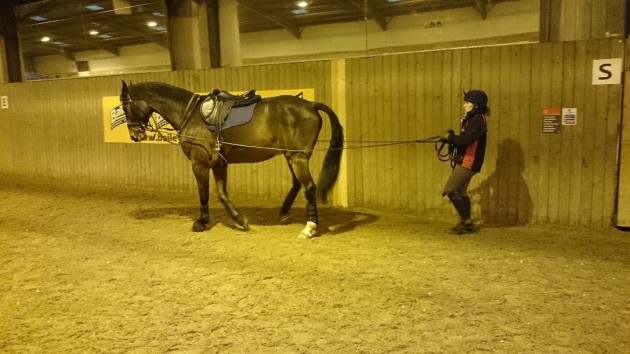
The past six years have also seen rapid developments and changes both for us as a business and within the veterinary and therapy industry generally. Diagnostics have progressed with the dawn of MRI capable of imaging stifles and improved X-ray and scanning equipment available amongst other technological advances.
When I came back to Hartpury we were still using high speed treadmill video endoscopy to diagnosis upper airway disorders in horses, whereby technology has now taken this process out into the field with the introduction of wireless endoscopes. The development of new surgical procedures has also altered things for us, one of this is interspinous ligament desmotomy (ISLD) surgery to treat kissing spines as an alternative to the resection method. This surgery largely allows the horse to be back working slightly sooner, but more importantly we have seen a lower incidence of surgical site infection, coupled with horses being much more comfortable in the days following the ISLD than by the old resection method.
So much has happened for all of us here at the Therapy Centre over the past couple of years since I’ve been writing this blog and so I thought there was only therefore one way to really end it fittingly: an montage of the highlights of course, of which there have been very many! So for now farewell, I hope you’ve enjoyed it, and thank you for reading!
Fizz


